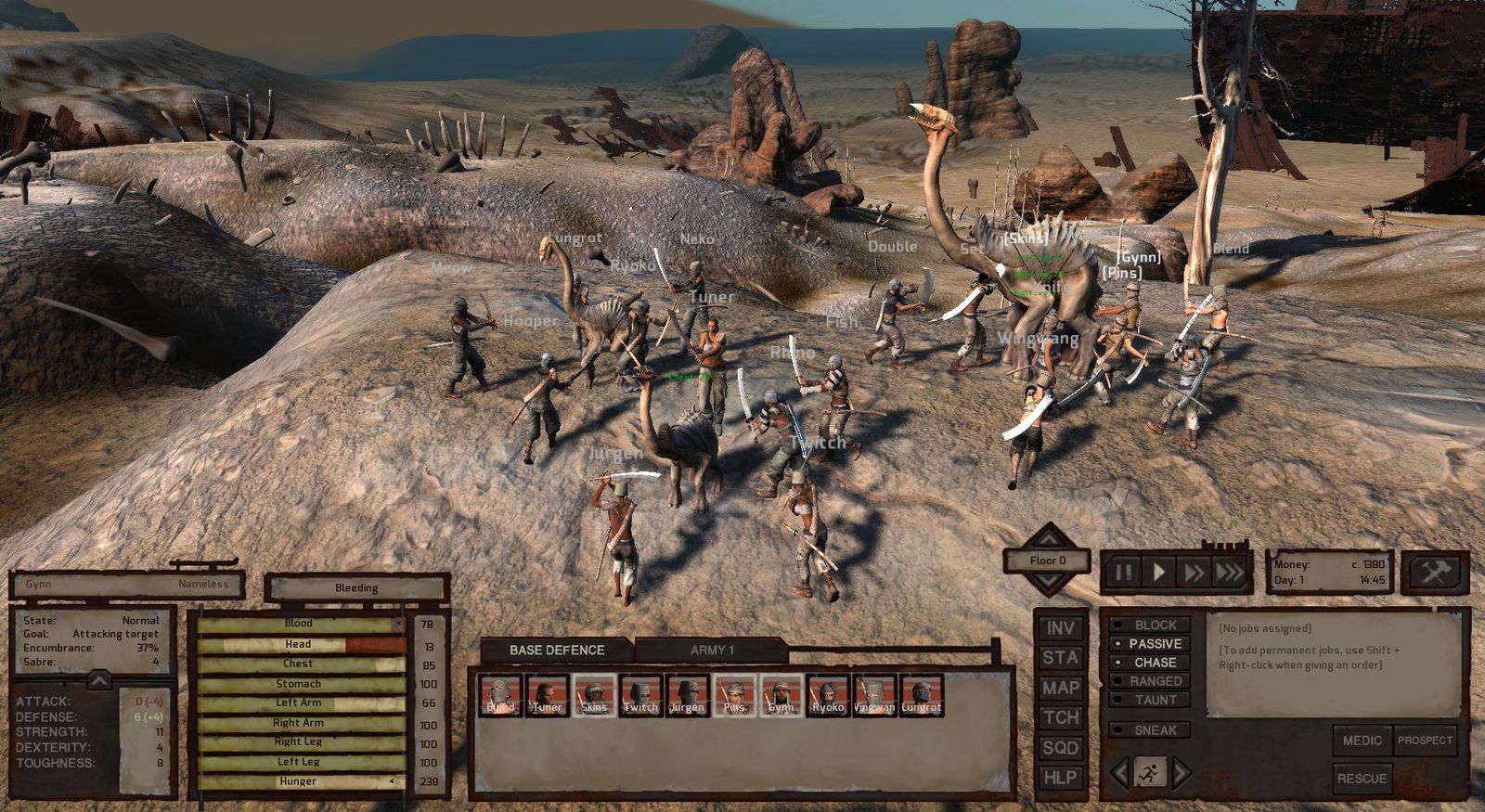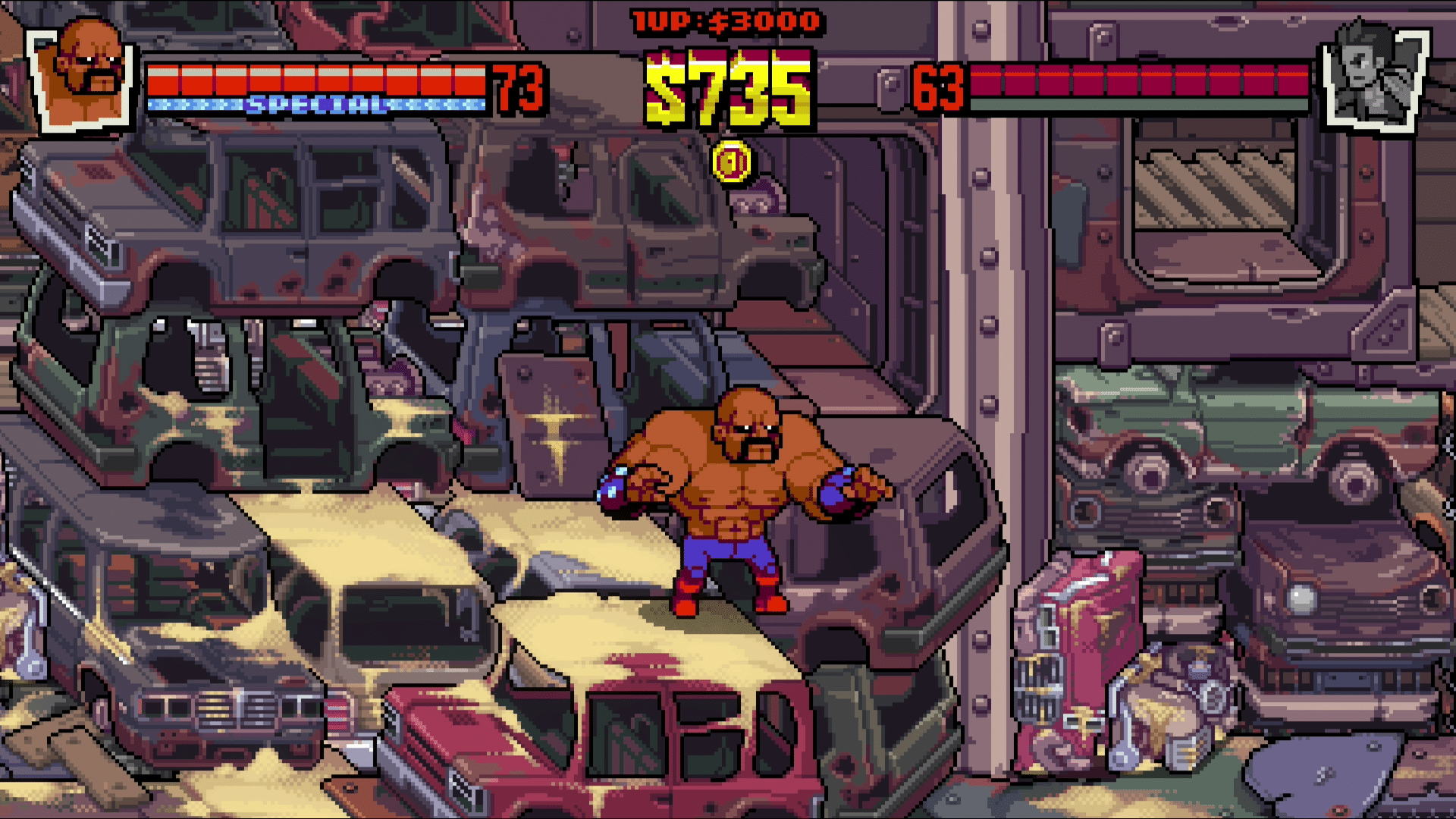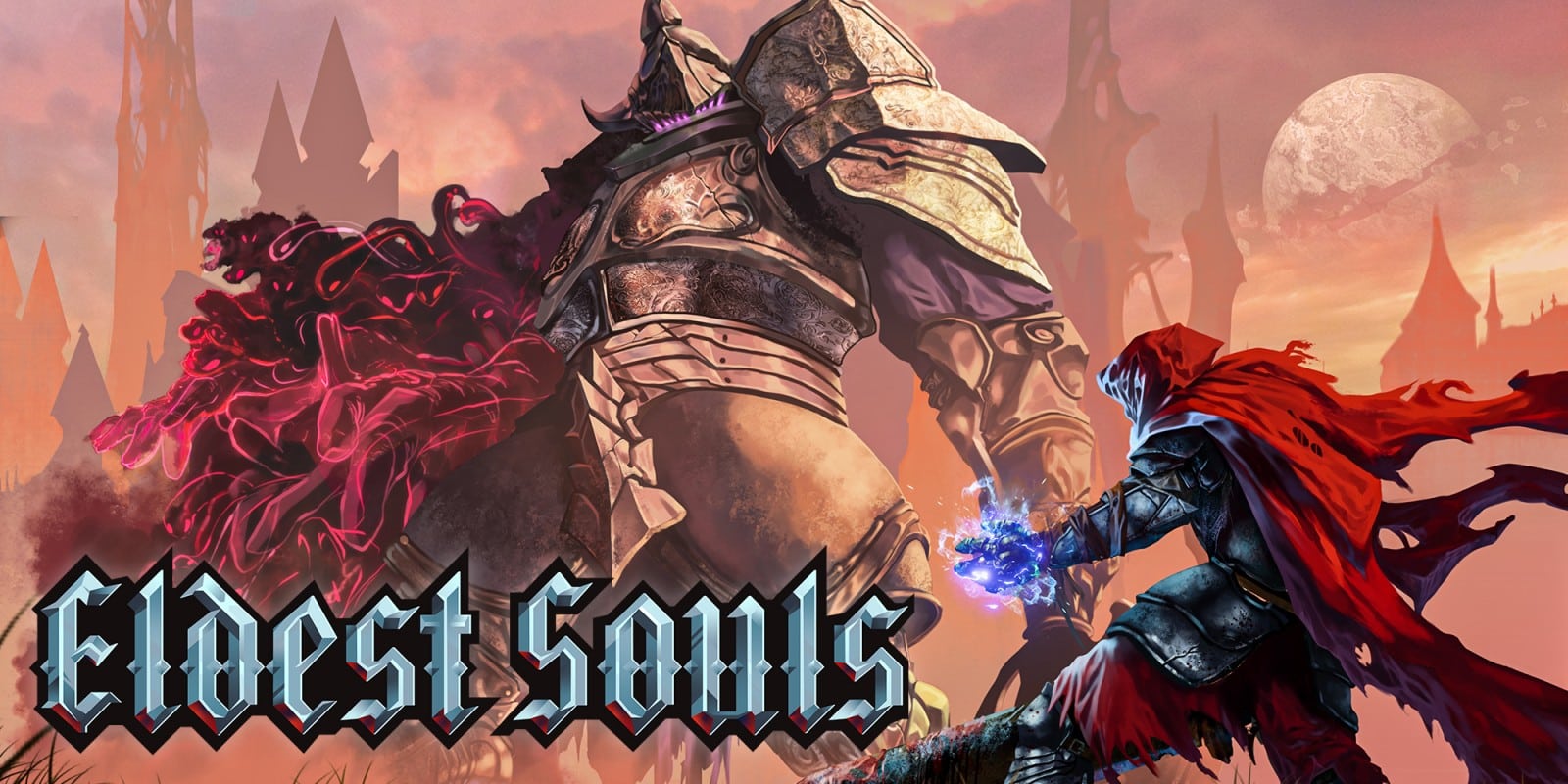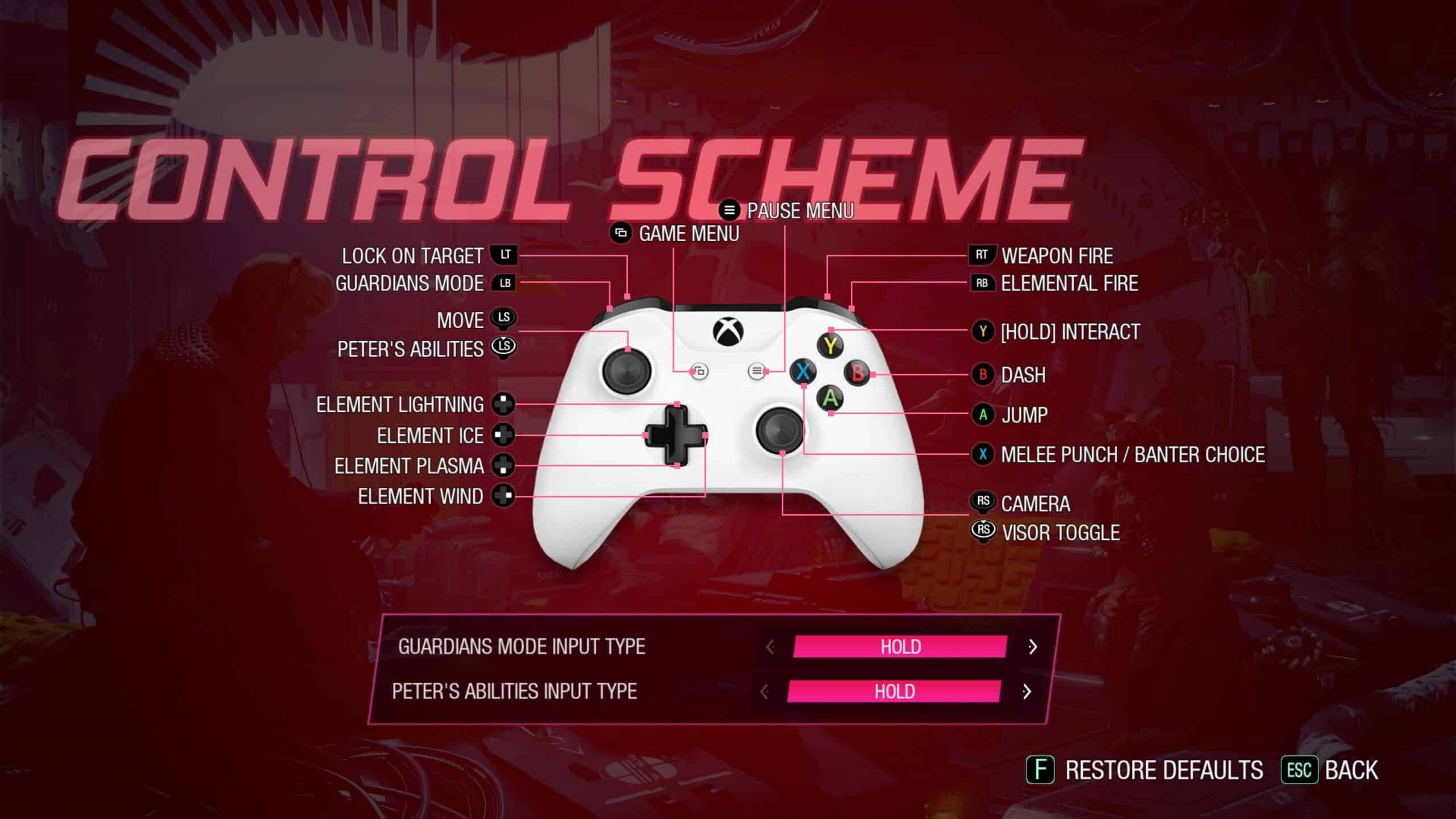Some of my favorite products to review are in the content creation space. Not only are they things I frequently use, it’s something where a lot of intricacies become apparent once I’ve used them. Perhaps one of the most important offerings is lighting. This has a substantial impact on how images/videos look, help create a set mood, to just bringing out everything a product has. With some concerns about “gaming” products, and the perception professional products are inherently better, I wanted to see what industry leader Nanlite brought to the table with their Compac 100B light. Is it a step above, or does it merely offer some specific benefits?
Nanlite Compac 100B Review Overview
Unboxing
As I’ve mentioned in previous reviews, I like packaging because it sets the tone for the product. Sometimes they’re clearly meant for a retail space, or have presentation in mind, with Nanlite Compac 100B going the professional route.
Unlike any other product I recall reviewing, Nanlite keeps it as simple as possible. There is a generic box, two barcodes, and a sticker indicating what it is with a couple quick details. Even though the box, and insides are rather efficient, it includes a handle so it can be used to transport/store Compac 100B when it isn’t being used.
This additional functionality makes the aforementioned minimalistic design rather smart. I rather not transport a box that has a bunch of information, especially not when used in a professional capacity. It also makes it a lot easier to take off a shelf, something I previously struggled with on my Elgato Keylights.
Accessories
Along with Compac 100B Nanlite included a manual, additional fuses, and power cable. The manual is an incredibly straightforward four page booklet that largely just explains the controls and basic functionality. The additional fuses can go into the holder in the event they die, with replacements being offered through a wide variety of stores for like $2. Finally, Compac 100B is powered by a generic AC cable, just at a more impressive 10′ range.
Design
Compac 100B is deceptively large. At 3.3″ x 15.7″ x 26″ it’s a rather substantial increase from the 1.18″ x 9.84″ x 13.77″ Keylight I was previously using. Despite the increase in size, it should fit into most set ups with ease. It has a universal stand adapter, which effortless worked with my existing light stand. The only thing to keep in mind is Compac 100B weighs 7.3 lbs, an amount higher than a number of cheaper stands are rated to support.
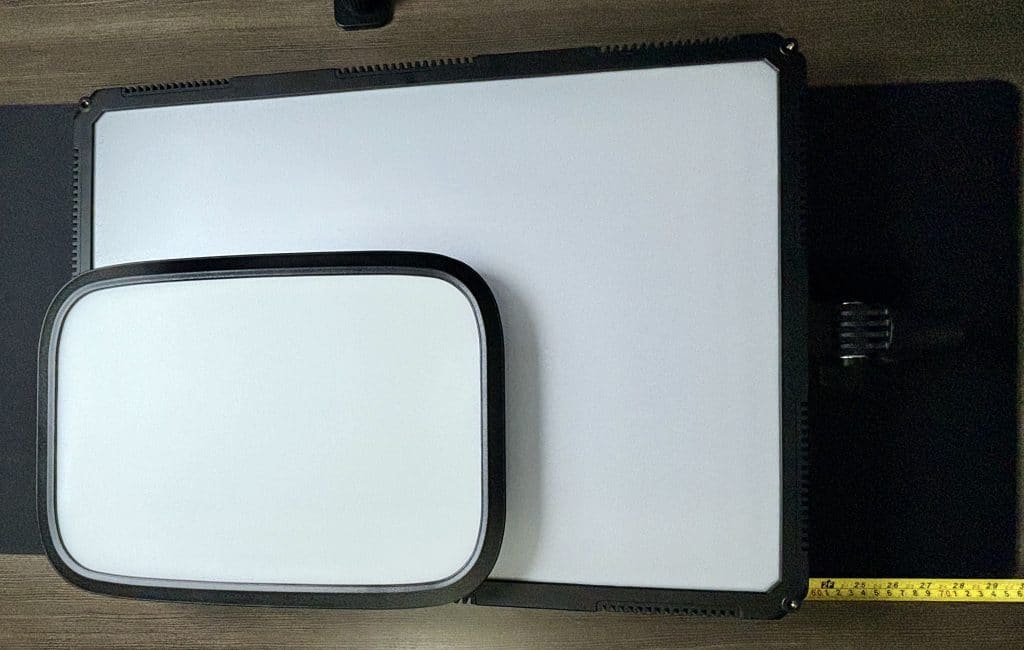
As far as the look goes it’s a pretty simple light. The body is mostly plastic, with the mount unfortunately set in a specific position. This choice might be a turn off for some, but it helps keep Compac 100B’s weight down and better manage the heat it gives off. It also feels like it can take a hit, so I wouldn’t worry about it too much.
On the back there is a huge power switch, and metal knobs. Said knobs have a loose feel to them, making them good for large changes, but not the best for precise work.
Controls
Going into Compac 100B I wasn’t sure how I’d feel about the lack of smart controls. With Elgato’s Keylight there is Stream Deck, or through API editing Loupedeck support, an app for Mac/PC/Android/iOS, and even an optional remote. Despite the wide array of control options, I actually prefer Nanlite’s simple knobs.
Compac 100B features two different knobs to control the lighting experience. One altered the color temperature (3200K-5600K), and the other is brightness (up to 8360 lumens). What I like is the simplicity of the actual set up.
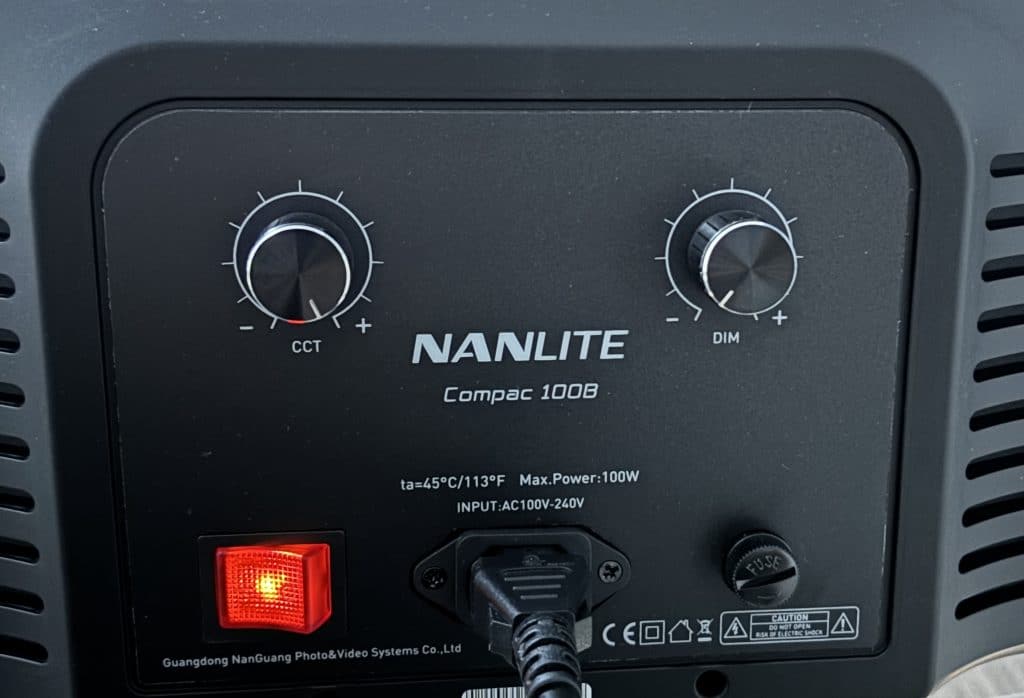
Extremely Simple
Since my iPhone is used to take top down photos, along with aid in certain situations where my traditional camera struggles, it makes controlling my lights a hassle. Now I would need a second phone/tablet, a nearby computer, or opt to purchase the aforementioned remote. In fact, I would go so far as to say the only situation where the Keylight is easier is the intended function of illuminating a content creator at their work station.


Colder versus Warmer Color Temperature
Not only is Compac 100B better at altering on the go, I found myself more willing to alter things as I went. It’s a lot easier to see if a small increase/decrease or temperature shift would make a substantial difference when I can simply turn a dial. Perhaps the biggest benefit is getting better shots that require less post-production.
Performance
To start my Compac 100B test I grabbed a few nearby items. These included a Bayonetta Nendoroid, Saramonic’s Blink 500 B2+, and beloved Gordiant plush.
Editor’s Note: For this test I did not do any post-production work besides cropping the image. Each item was pictured multiple times, with the “best” overall picture being used for this review. I can also confirm Compac 100B was in the same general location, though due to size/space issues it’s not perfectly 1:1. Both lights were at max brightness, and the same general color temperature.
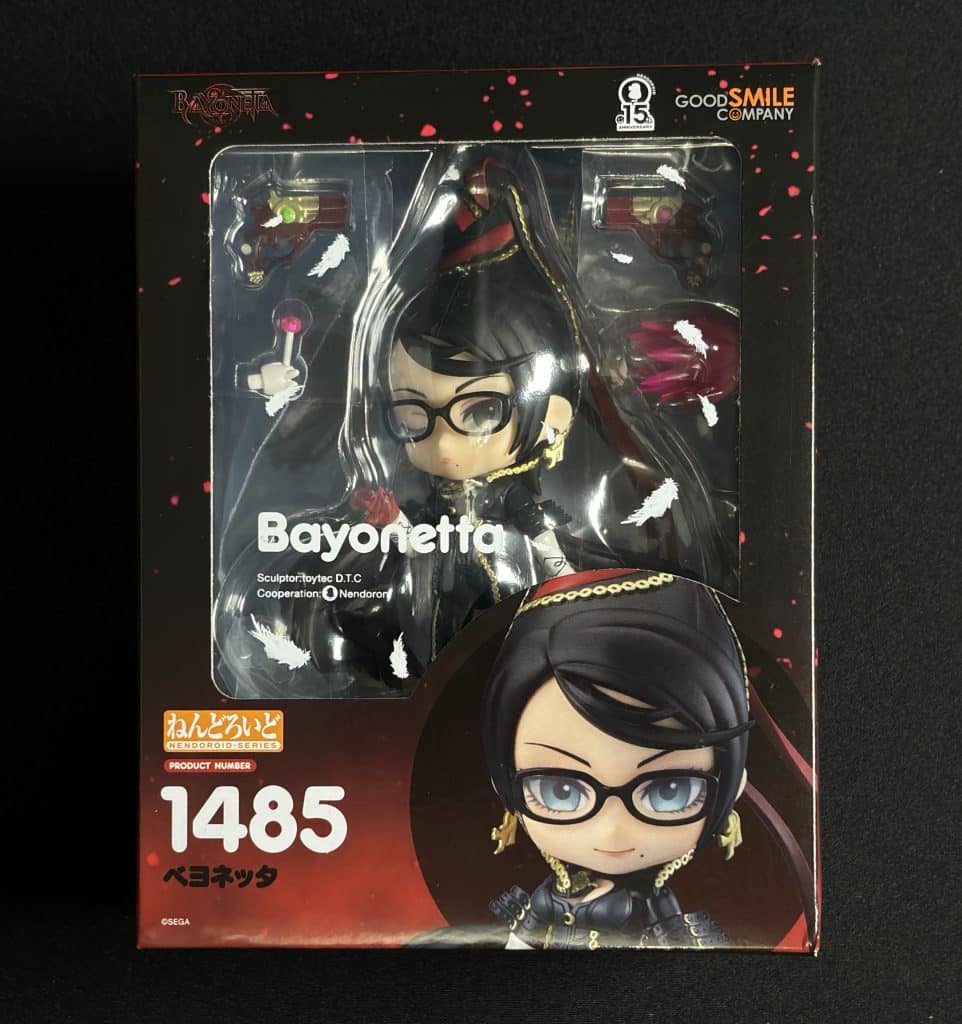

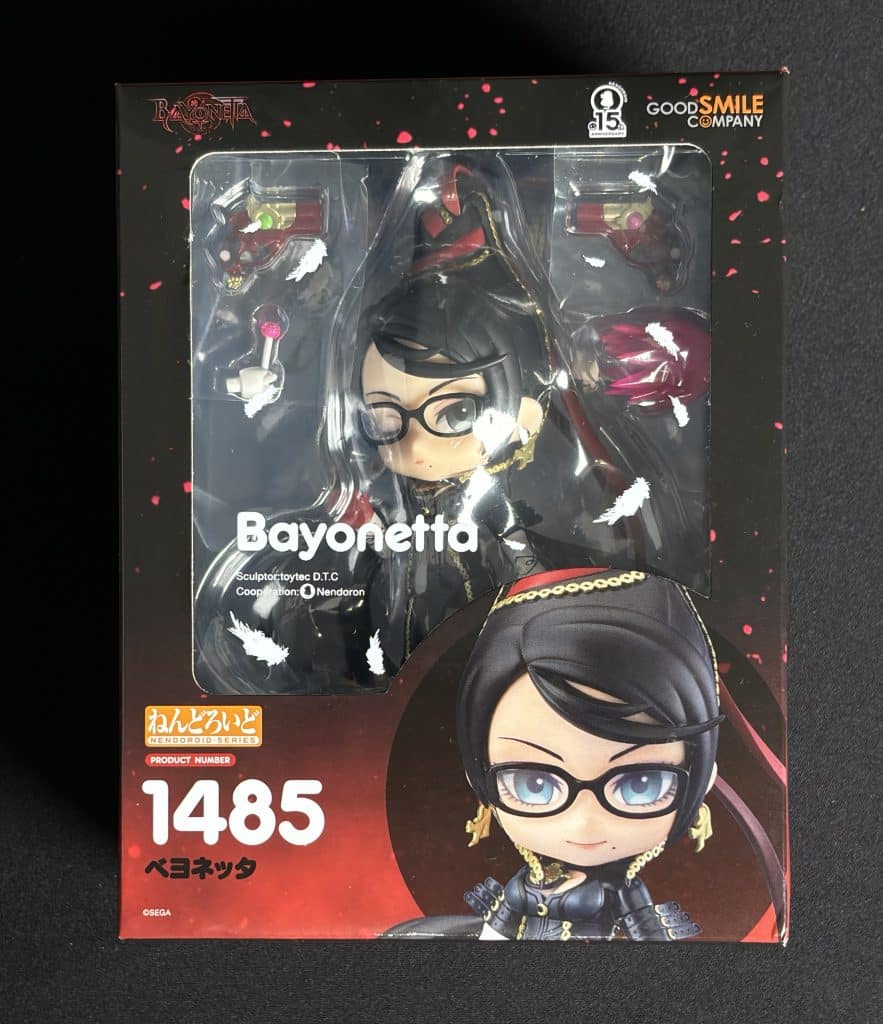
With Bayonetta it’s actually surprisingly hard to say which picture is definitively better. With a single Keylight it simply isn’t a great picture. I genuinely feel like both are needed to really capture the product itself. I think Compac 100B delivers the better overall picture, even as a singular light. Details are easier to see, more of the overall product is visible, and up close the colors look a lot nicer. However, the middle picture is closest to the actual product.

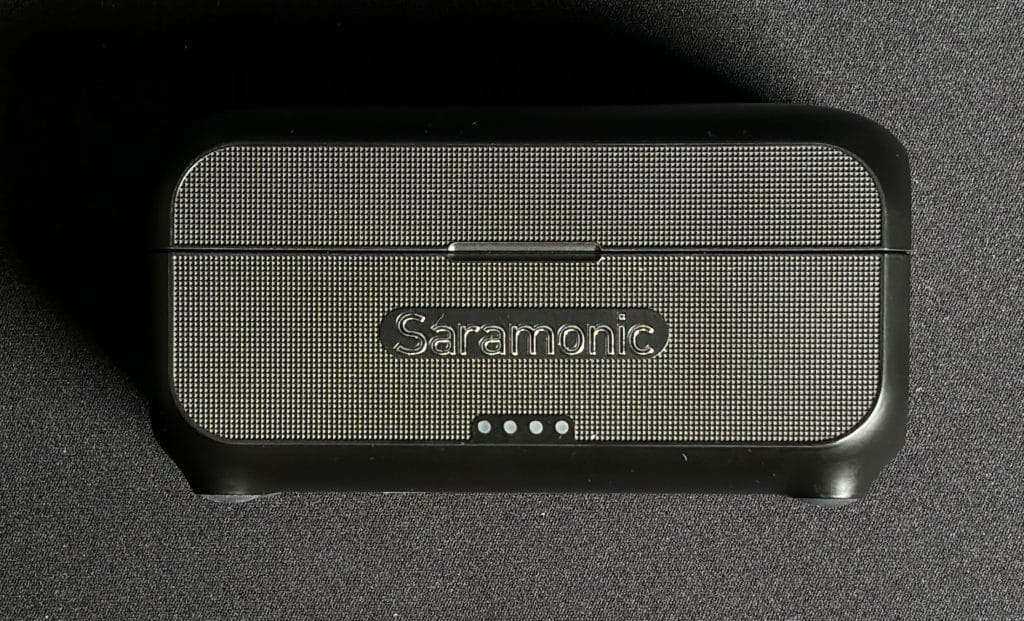
Saramonic’s Blink 500 B2+ is an interesting case of there only being so much to see. I don’t actually see any real difference between one or two Keylights. Just one is simply darker than the other. Beyond that the product itself looks identical. While I’d say Compac 100B does a better job illuminating the product, I’d wager a lot of the difference is actually the slightly different positions.


Out of the three products my Gordiant plush had the biggest difference. With one Keylight the spikes look rather washed out. Using the second light had mixed results. On one hand it better highlighted the plush texture, but on the other it washed out the back spikes. Compac 100B did a better job of highlighting the orange color, and I feel like the texture itself is more pleasing. This is also an item where a quick color temperature change is helpful, as a warmer shade did a much better job of retaining its vibrant orange hue.


Depending on your use case there will be different considerations as well. Things like product photography works best when there is illumination on both sides. This helps fully capture the product, along with limiting the amount of brightness required to truly capture it. Whereas certain subjects, effects, or even portraits can work perfectly well with a single light.


Speaking of portraits I took a couple quick pictures of myself. This is actually where I saw the biggest difference between the two lights. With Compac 100B it retained a lot more of my natural color. It also highlighted my glasses, which are not actually clear but a subtle shade of amber. Even smaller details like my lips are more pink, imperfections being more noticeable, to basic things like more accurate colors on my clothing.
While these were a small handful of photos to use in this review, I took a good 1,000 to 2,000 more for a wide array of upcoming tech reviews. Out of these I consistently found myself preferring those I took with Compac 100B. On average they just felt more color accurate, or due to the overall size were better illuminated.
Portability
Another surprising benefit to Compac 100B is portability. One of the biggest downsides to both of Elgato’s Keylights is the use of a DC cable and specific power brick. What makes this a problem is any issue with it is a major hassle. With Compac 100B it can be solved by simply going to a nearby electronics store and purchasing a cable.
This is also where the aforementioned package that doubles as a carrying case, and controls really shine. With Elgato you now need to connect it to a network, get it working on a device, and hope there are no issues. I imagine the remote will circumvent some of this hassle, though losing it causes further issues. Given everything is built directly into Compac 100B it’s a simple plug and play device. At most you might need some additional power, though overall it’s going to save anyone worried about this on the go a massive hassle.
Heat
One thing I wouldn’t immediately consider when buying a light is heat. It’s something both Elgato products, and Nanlite, mention, though it wasn’t much of a concern thus far. Unfortunately, I did not have a heat gun to measure the actual heat difference between Compac 100B and Keylight, but I can say it got noticeably hotter much faster.
How much of an issue this is largely depends on the location used. My current office is a small part of my basement, with the outside room being a rather spacious location. When used in that setting the overall difference it made was rather small. However, in my rather small room it made a much more noticeable difference.
Nanlite Compac 100B Review Verdict

Simply put, I think Compac 100B is a better overall lighting solution. A big part of this is immediate access to controls. This makes every aspect easier, with the added benefit of effortlessly testing slight changes to save time on post-production afterwards. Add in an overwhelming amount of lighting power, and massive design it’s great regardless of whether it’s a photo of a person, or your favorite product. Outside of a stationary light behind a desk for content creation, it’s an easier winner and something I look forward to using on our future projects.
Editor’s Note: Nanlite Compac 100B was provided to us for review purposes.





